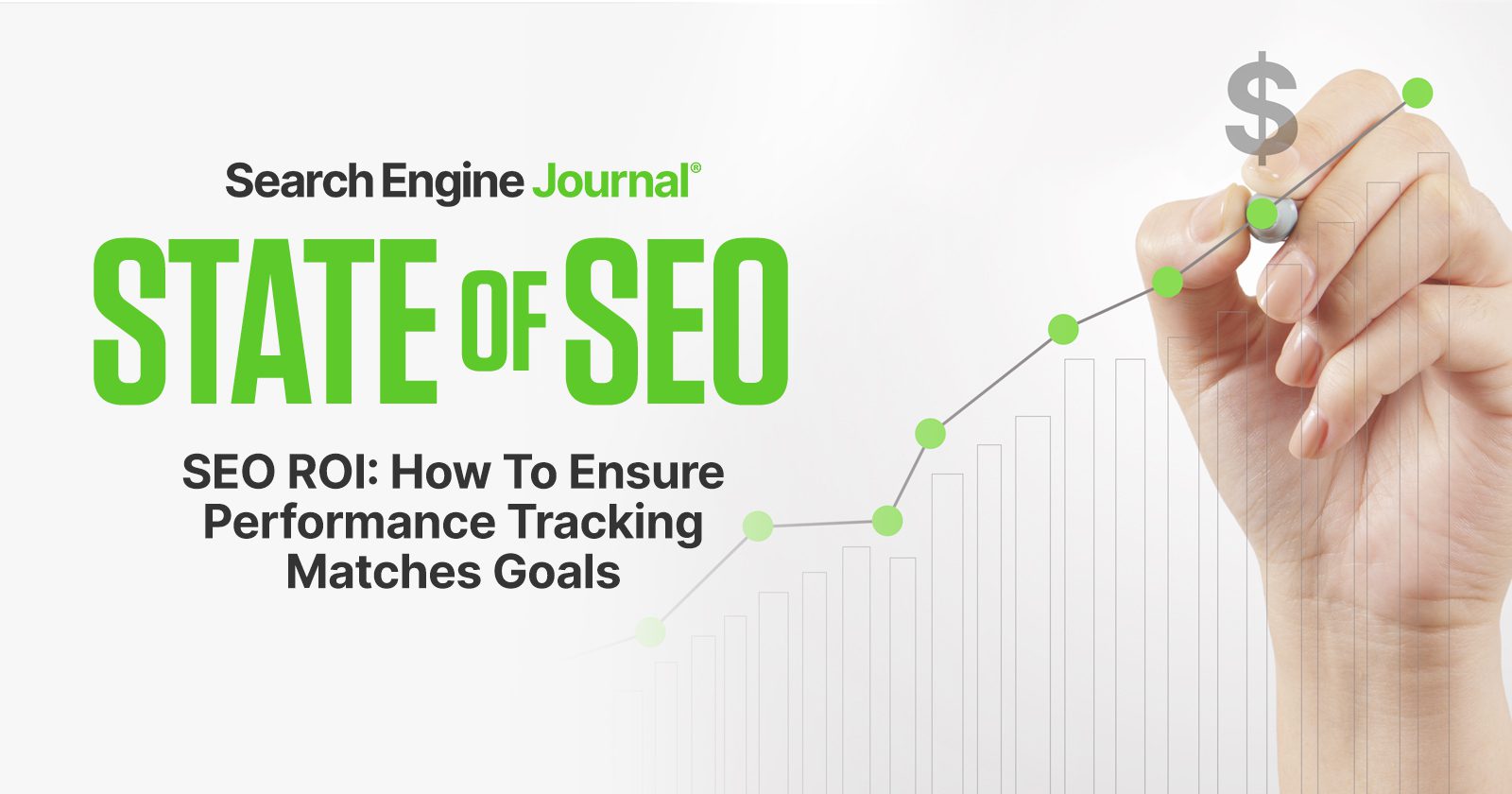It’s essential to track SEO performance to understand what activities are useful and which are not.
However, there are multiple reasons why it’s difficult to accurately estimate the ROI (return on investment) of an SEO campaign, beginning with disagreement as to which metrics are most important.
The State of SEO report reveals some consensus as to which metrics are useful but that there is much disagreement.
Top 3 SEO Metrics
As will be seen, the relative importance of individual SEO metrics varies between in-house, agency, and freelance SEO pros who responded to the survey.
But the top three SEO campaign goals and KPIs (key performance indicators) from the report are the same.
All three SEO demographics among report respondents agree on the top three SEO metrics in the same order:
- Rankings.
- Page views.
- Conversions.
The above SEO metrics are tracked via Google Analytics, Search Console, and third-party tools, making them useful for tracking the goals of an SEO campaign.
While there is agreement about the top three SEO metrics, there is a wide variance of opinions regarding the relative importance of the rest of the metrics.
That’s important because those other metrics can represent campaign goals and KPIs.
Why Is Measuring KPIs So Difficult?
Even when there’s agreement on which KPIs are most important, there is still the issue of accurate measurement.
Privacy laws are sunsetting many forms of tracking.
But there are also real-world obstacles. Search marketer Adam Humphreys, Founder of Making 8, relates:
“Communications with the client and their often high turnover of reception makes tracking conversions beyond our lead tracking more difficult. With call tracking, if the client receptionist forgets to confirm an appointment lead for tracking software, we only know that it was a leader/new call. The lifetime value of clients can dramatically vary.
The kickstart meeting is the most crucial time for SEO professionals to learn what product service offerings are offered, the most frequently sold, experienced with, and the highest return offerings.
With this, I cross-examine Google sheets opportunities to see where they are vs. what’s on their site and triage content to the top that needs to be optimized first. While we can track on a very granular level, I prefer to focus on tracked leads, not return on ad spend (ROAS), for service-based operations.
For ecommerce, however, we can very closely track ROAS. It’s important to know that SEO is an investment, and like going to the gym, it takes time to optimize everything.
This understanding is why we have our proprietary triage formula for content to align with client needs. Lead tracking SEO is only as good as clients knowing their numbers. Some are amazing, while others are quite satisfactory.
The important part is we continually track and are accountable for results. We can thus see the seasonality of SEO and when something is off that needs to be optimized.”
The Fourth Most Important SEO Metric
Both the agency and freelance SEOs ranked Revenue as the fourth most important SEO metric.
In-house SEOs ranked Marketing Qualified Leads as the fourth most important SEO metric.
There is a fascinating insight into why in-house SEOs disagree about the fourth SEO metric.
The reason in-house SEOs disagree on which SEO metrics are most important is the work environment.
The work environment surprisingly impacts which SEO metrics are deemed most important.
This phenomenon is clearly viewable in the fourth most important SEO metric revealed by the State of SEO Survey.
Of course, revenue is essential to in-house SEOs. But it is not given as a top concern in the survey for reasons particular to the work environment.
Revenue is generally tracked outside of in-house SEO. It’s the responsibility of another department or layer of management.
Even in a smaller in-house role, the management layer might not share exact revenue numbers.
In some cases, particularly in larger companies, the revenue numbers are closely guarded and not shared with the SEO department.
Australia-based search marketer Ash Nallawalla, who has decades of in-house SEO experience, explained:
“In every large company I have been in, Revenue was never my problem in a reporting sense. There were analytics teams who did that.
In some companies, the detailed revenue breakdown was kept secret. e.g., which product was the most profitable. Even conversions are not clear cut in large companies.”
The role of in-house SEO in many verticals is mainly concerned with keeping the leads rolling in.
So it makes sense that Marketing Qualified Lead is ranked number four by in-house SEOs. It reflects their responsibilities and how the work environment influences which KPI is essential to their SEO implementation.
Revenue is ranked fourth most important by agency and freelancer SEOs, possibly because that may be important to their customer base of small and medium businesses (SMB).
The (hopefully) increased revenue metric validates the work of an agency or a freelance SEO.
On the other hand, there are reasons to consider why Qualified Leads might be a better metric for tracking SEO success.
Adam Humphreys explains why:
“The problem is clients will game the revenue as to avoid paying more, and if they have a satisfactory front end, etc., it could result in less revenue. Bad in-store experiences could also result in less revenue.
This is why I would say it’s not the best way to measure success. Qualified leads are more what I would say is the best metric of success. What the client does after is up to them.”
The Five Through Ten Most Important SEO KPIs
All three SEO demographics diverge entirely about what the next top-ranked metrics should be.
There is agreement as to the top three most important SEO metrics.
The fourth most important SEO metric is primarily a reflection of responsibilities.
But positions five through ten are where the top metrics appear to become a matter of opinion.
Here are how the different SEO demographics ranked the next important SEO KPIs:
Agency
5. Marketing Qualified Lead: 5.8%.
6. Bounce rates: 5.4%.
7. Backlinks: 5.3%.
8. Page Speed: 4.6%.
9. Customer Acquisition: 4.4%.
10. Social: 4%.
In-House
5. Branded vs. Non-Branded Traffic: 6.5%.
6. Backlinks: 6.1%.
7. Revenue: 5.6%.
8. Page Speed: 5.2%.
9. Bounce Rates: 5.0%.
10. Time on Page: 4.5%.
Freelance
5. Bounce rates, Backlinks, Social Engagement: 6.3.
6. Marketing Qualified Lead (MQL): 5.8.
7. Customer Acquisition, Page Speed: 5.7.
8. Branded vs. Non-Branded Traffic: 5.6.
9. Email Subscriptions: 5.4.
10. Customer Lifetime Value (CLV): 5.1.
Page Speed is the only metric that all three groups agree on.
Page Speed is a known ranking factor.
But it’s also a minor ranking factor and not likely to be a direct reason why a site is top-ranked in Google’s search results.
The survey results confirm what everyone knows, that Page Speed is a valuable metric to track. But it’s not important as a ranking factor.
An interesting observation about page speed is that a higher page speed can directly help increase conversions, and sales, improve time on page, bounce rates, and pretty much all the other metrics important to SEO.
Given how page speed impacts the other SEO metrics, it’s worth entertaining the idea that page speed should be ranked as a higher priority.
Mismatched Goals And Metrics
Aside from page speed, there is no agreement on which metrics are most important.
Another curious result is that Freelancers were evenly split among virtually all the metrics.
6.3% of freelance SEOs agreed that bounce rates, backlinks, and social engagement were critical, a three-way tie for the number five most important SEO metric.
The number ten ranked SEO metric, Customer Lifetime Value, was rated with 5.1% votes. That’s a difference of only 1.2% between the fifth and the tenth most important SEO metric as voted on by freelancers.
The differences between the fifth and tenth-ranked SEO metrics were closer to two percent for the agency and in-house SEO demographics.
What is clear is that freelancers could not reach any consensus. Freelancer votes yielded a three-way tie for the fifth most important metric and a two-way tie for the seventh-ranked metric (customer acquisition and page speed, 5.7%).
Freelancers were the only demographic where the votes ended in ties for any metrics.
The tied results indicate that freelance SEOs widely disagree about which metrics are the most essential.
Respondents who identified as freelance may be a broader demographic than those who identified as agency or in-house.
For example, a freelance SEO might specialize in content writing, link building, site auditing, local search, affiliate work, or even a combination of one or more.
Looked at in that way, it makes sense that the freelancer SEO demographic is virtually evenly split as to which metrics are the most important. Their survey answers indicate that all the metrics are essential.
Disconnect Between Campaign Goals And KPI Tracking
All three demographics agree on three metrics that are each a measurement of SEO success.
- Rankings.
- Page views.
- Conversions.
Those three measurements are results-based KPIs of success.
Where the three SEO demographics strongly disagree is on metrics that are understood to be contributors to SEO success and healthy traffic.
- Bounce rates.
- Backlinks.
- Social engagement.
- Time on page.
- Page speed.
A possible explanation for why the SEO industry disagrees with the above five metrics may be uncertainty as to which of the above plays a role in Google’s algorithm and to what extent.
This uncertainty about SEO factors must be acknowledged because it points to the limitations of these metrics.
The reason for the uncertainty is that Google’s ranking algorithm is a black box.
In computing, a black box is a situation where what is put into the box is known (SEO), and what comes out is also known (rankings).
But what happens inside the box is not known.
Backlinks, social engagement, time on page, page speed, and bounce rates represent what we put into the box. Rankings are what comes out.
But nobody knows what happened inside the Google black box that resulted in the rankings.
Compounding the mystery is that nobody can accurately perform tests to isolate what factors contributed to rankings because you only see the outcome, not the process.
This inability to see how the algorithm works doesn’t mean that social engagement or time on page, or any of the other metrics should not be tracked.
It just means that one has to be aware of the limitations of these kinds of metrics.
The fact that the different SEO demographics do not agree on the relative importance of these metrics highlights the general uncertainty of what happens inside Google’s black box.
Effect On Tracking SEO ROI
There are many articles about tracking the ROI of SEO, but the truth is that it cannot be accurately tracked; it can only be estimated.
For example, we don’t know if backlinks played a role in rankings. Sometimes there are no changes in rankings until months later.
Did the links take a long time to affect the rankings, or was it a coincidence?
Social engagement is said to be an indirect ranking factor in that it could lead to more branded keyword traffic and links, which in turn influence rankings.
But again, there is no way to attribute the branded keyword search traffic directly and acquired links to social engagement.
Even if one could, one could still not accurately confirm that those links played a role in rankings because Google’s ranking processes for each query happen in a black box.
Ensure KPIs Support Campaign Goals
The State of SEO results makes it clear that choosing the best metrics is vital to your situation.
Sometimes the data is not available, such as revenue or sales figures. But there are always other data, such as leads or conversion rates, that can show how well the SEO campaign is progressing.
Differentiate between actual SEO performance metrics (rankings, traffic), metrics that pertain to website experience (page speed, time on page, bounce rate), and SEO improvements (backlinks) to get a total picture of how well the different parts of an SEO campaign are working together.
But also consider indirect factors such as social engagement (where appropriate) because, in addition to being an indirect SEO factor, it’s a measurement of popularity, a reflection of how well a site is growing as a brand and a destination.
For more insights about the state of the SEO industry, download the second annual State Of SEO Report.
Featured Image: Paulo Bobita/Search Engine Journal
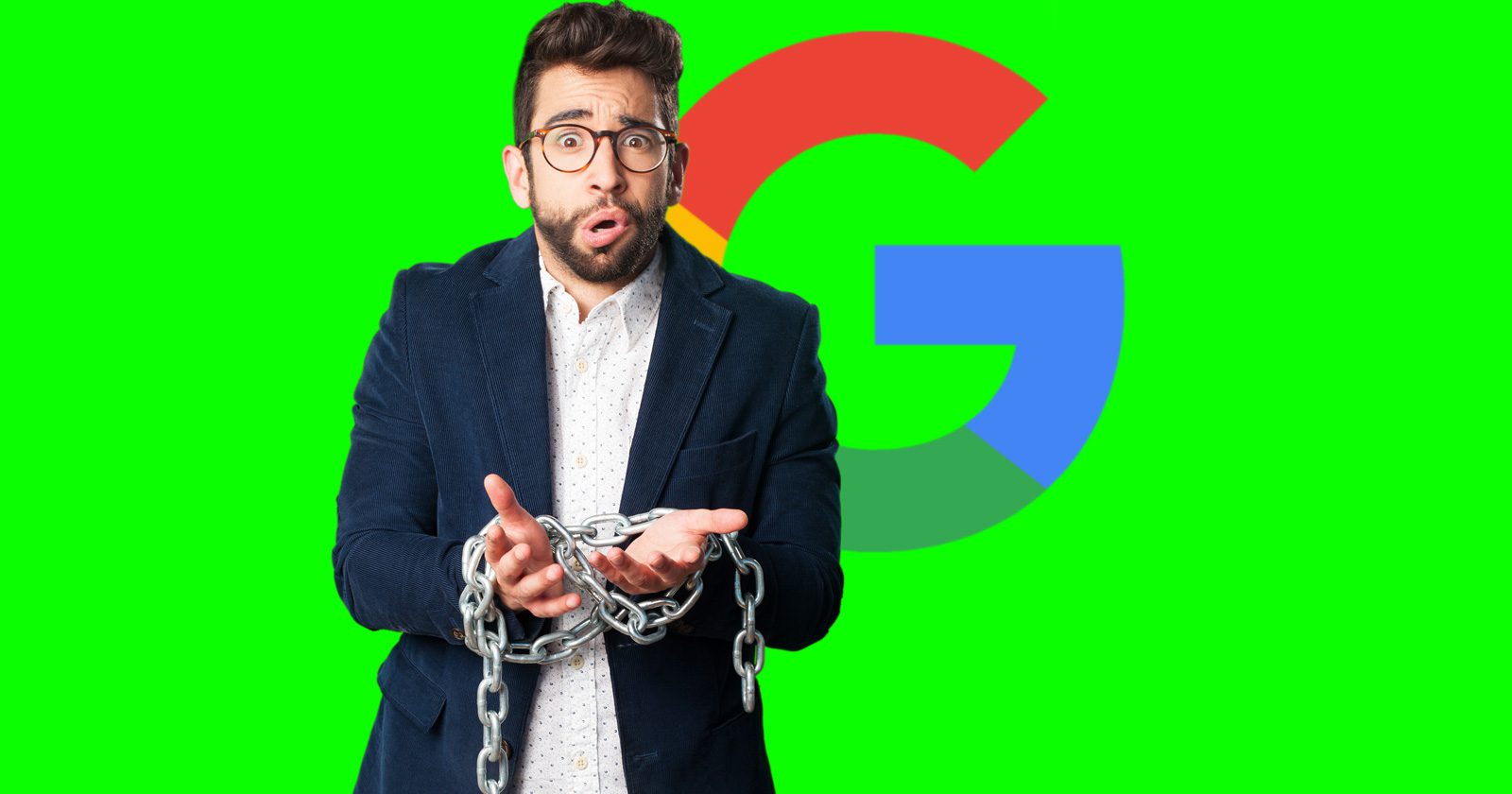



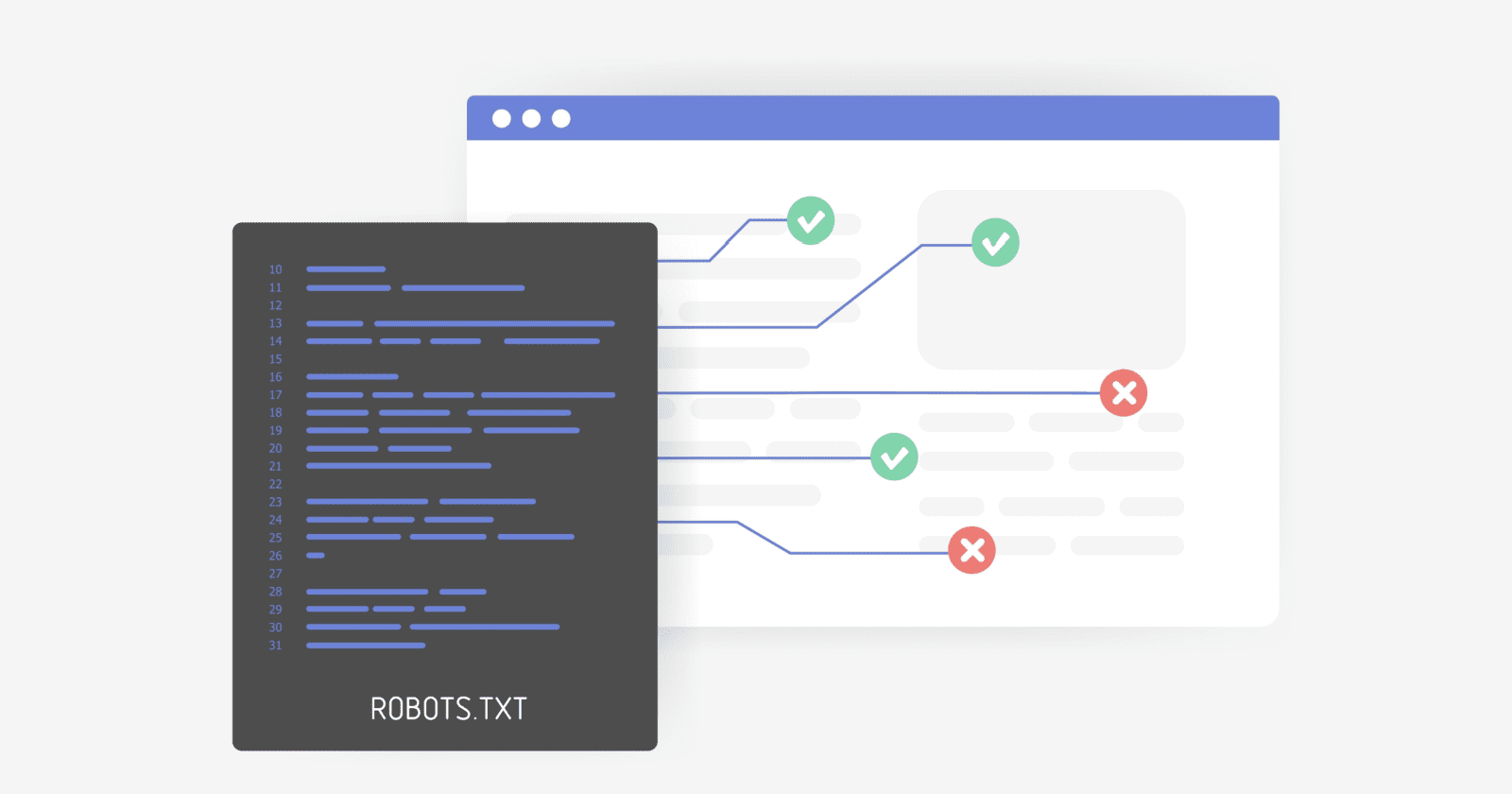

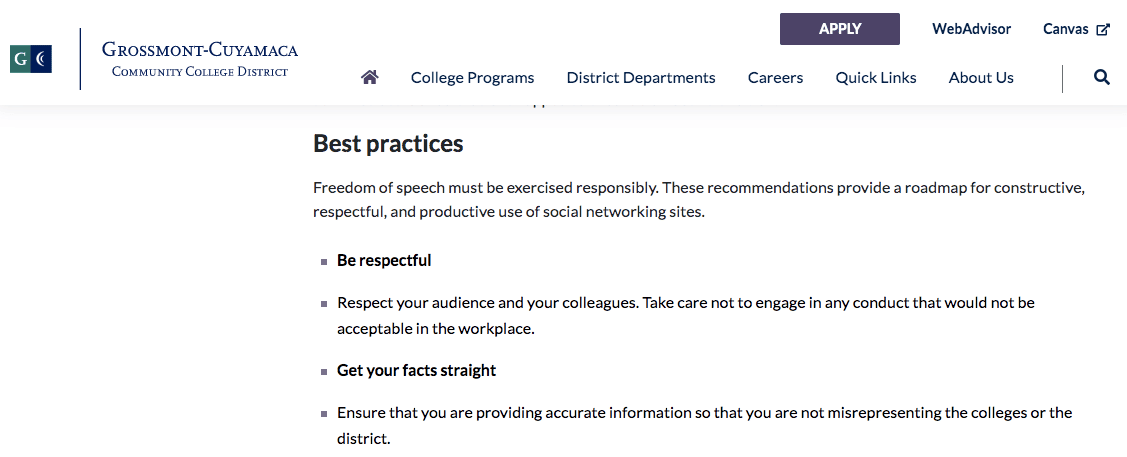
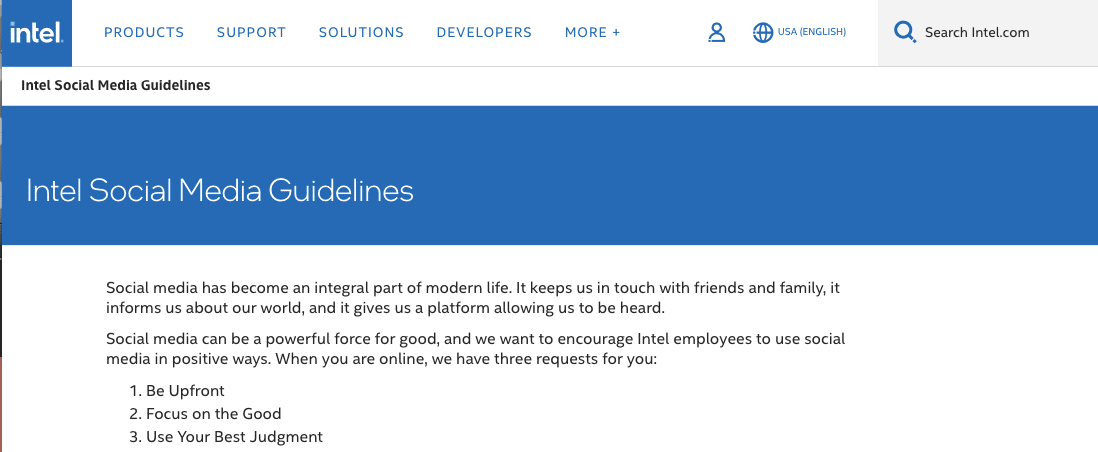
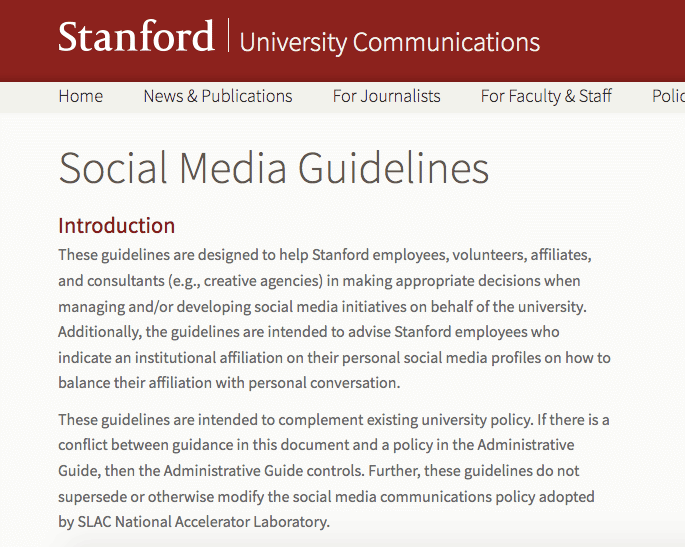
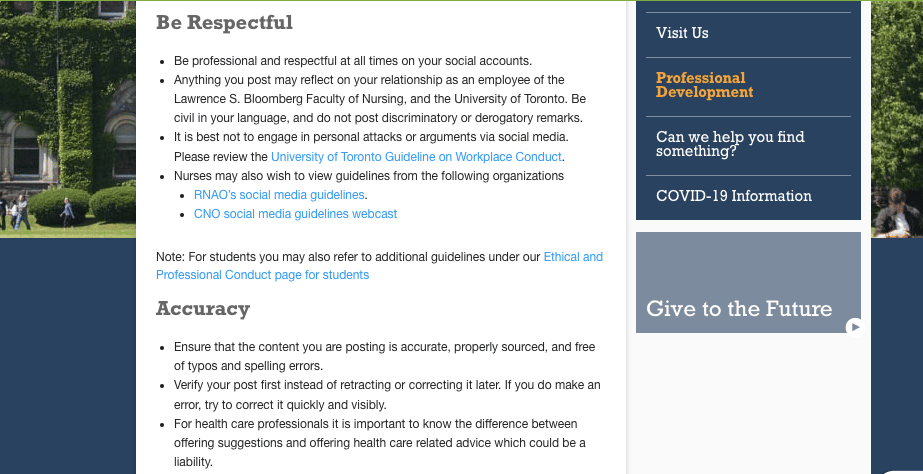
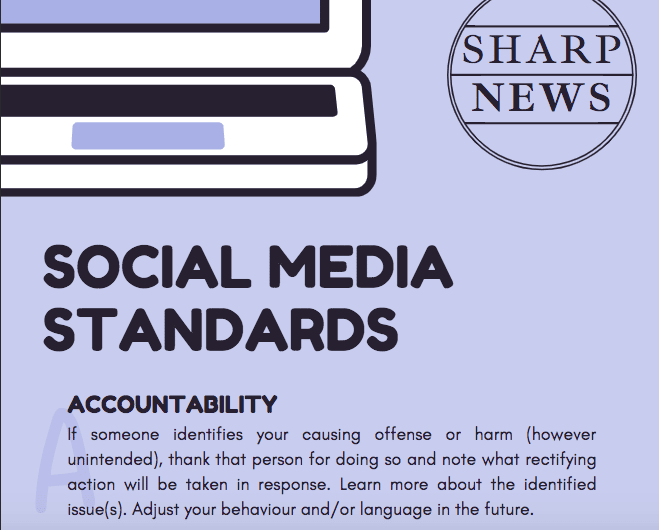

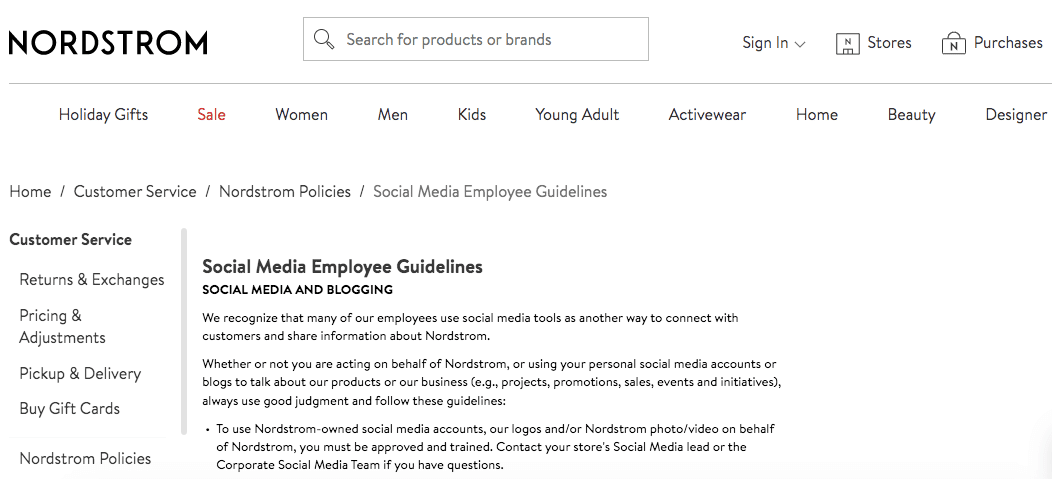



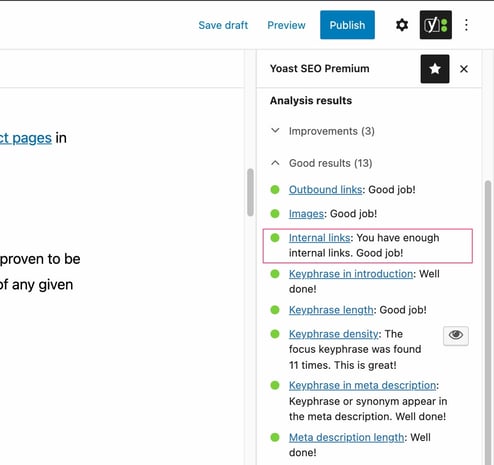
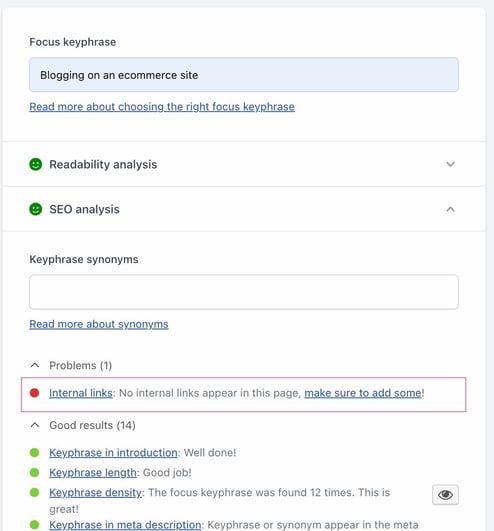
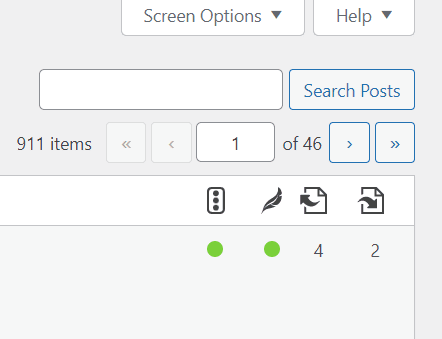

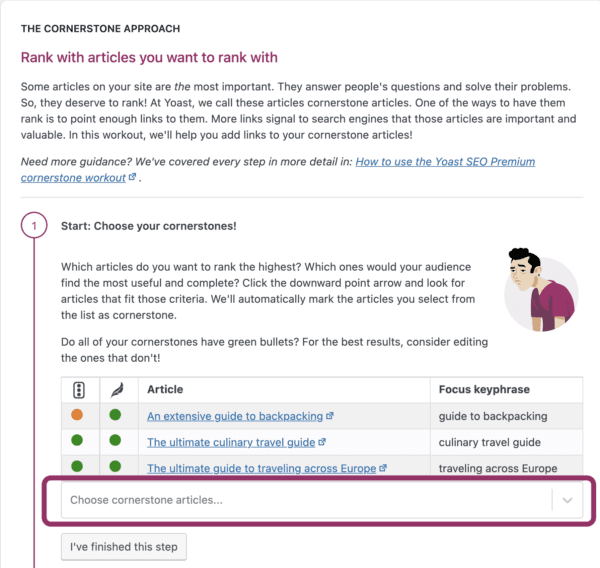
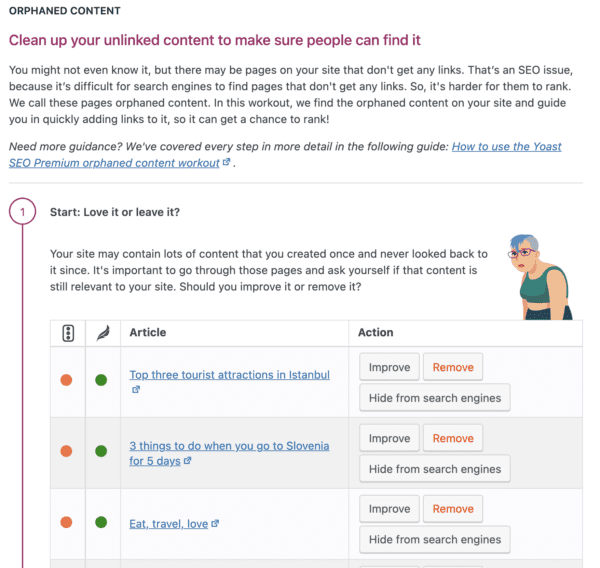
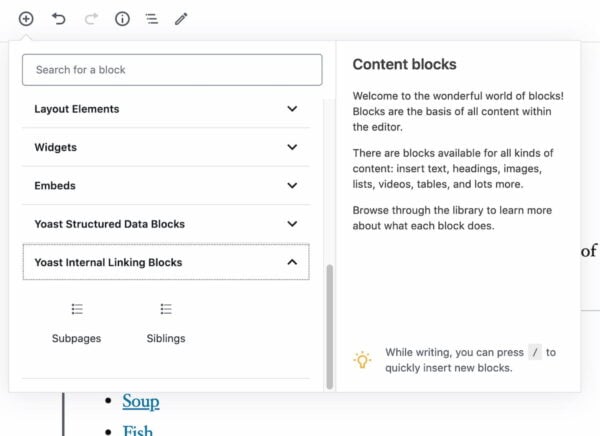


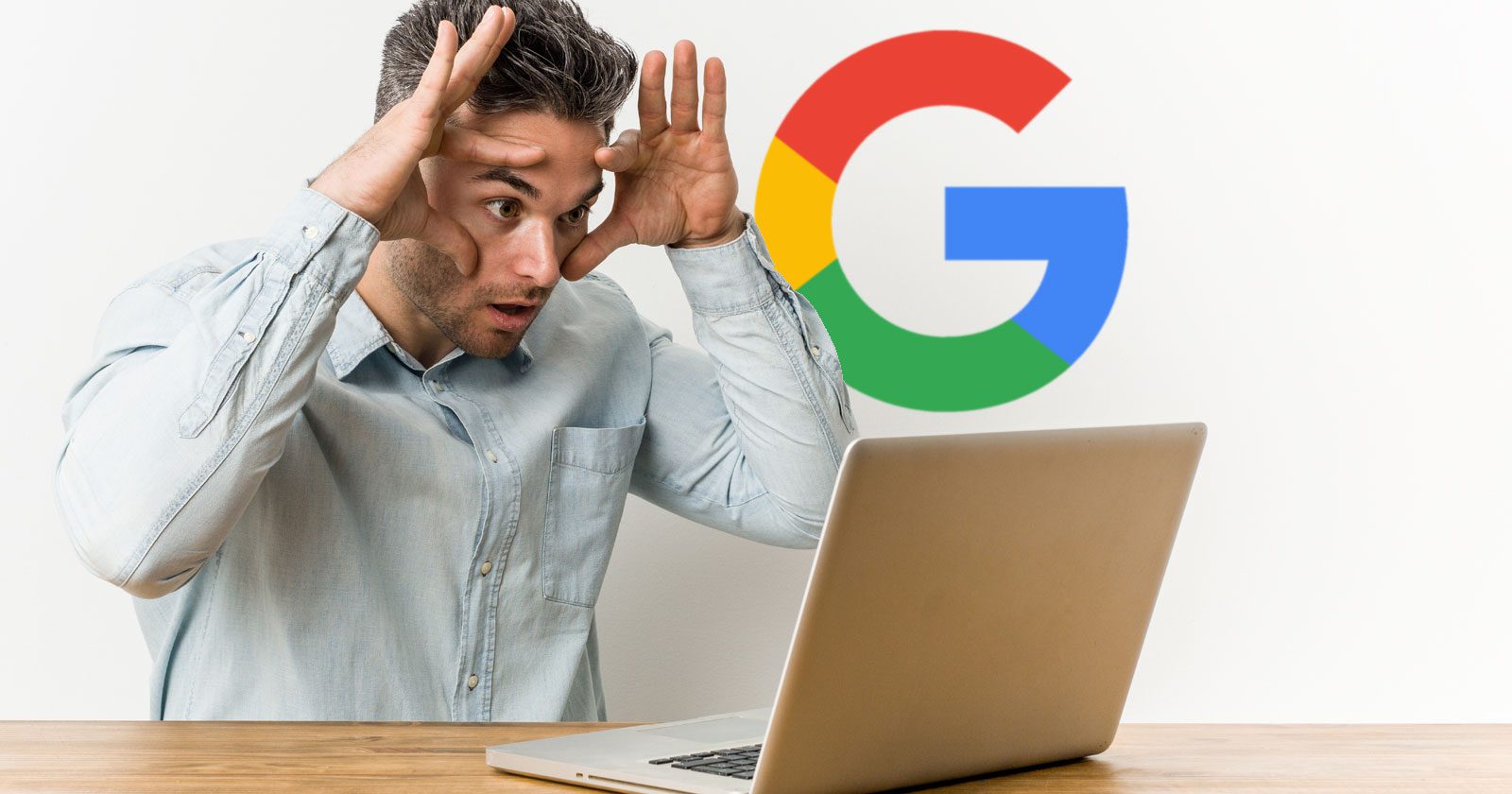

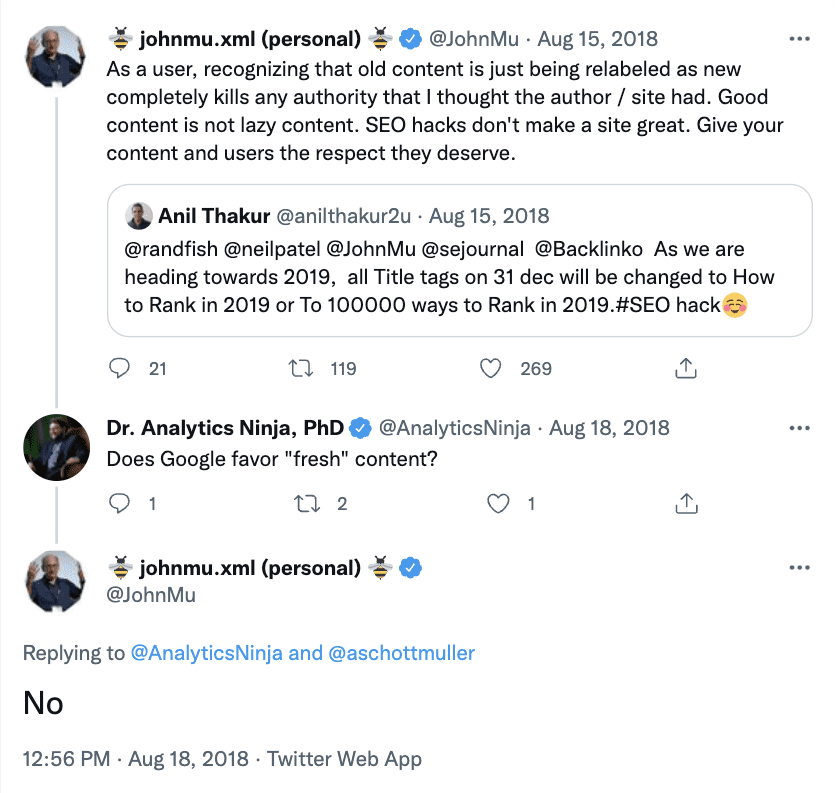

![Ranking Factors: Fact Or Fiction? Let’s Bust Some Myths! [Ebook]](https://ecommerceedu.com/wp-content/uploads/2022/10/rf-ebook-download-banner-62e8c6126ffe8-sej.jpg)
